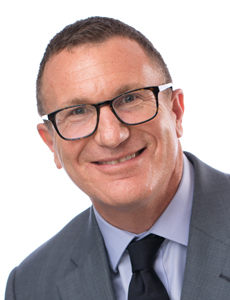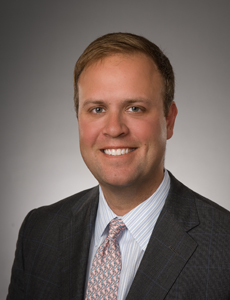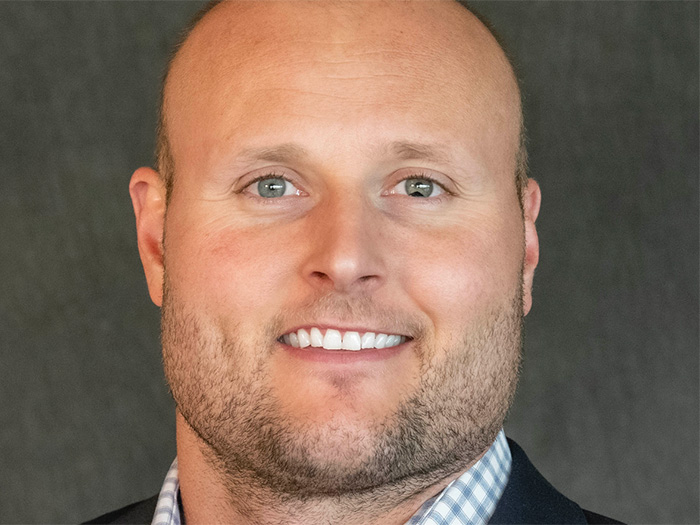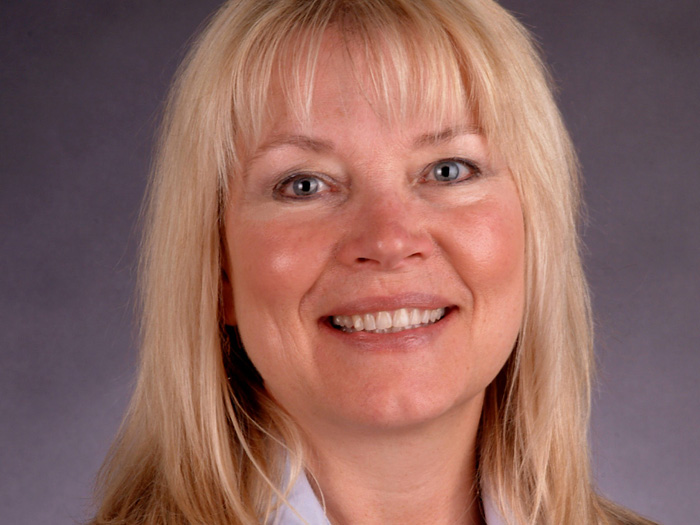Hospitality Risk
Hard Lines: How to Secure Cover for Catastrophes When Carriers Retreat

When hurricanes Harvey, Irma and Maria (HIM) ripped through the Caribbean and Gulf Coast last year, hospitality groups bore much of the damage as hotels, golf courses and leisure sites in tourist hotspots were devastated. A year later, many are yet to return to business as normal.
Having already paid billions in claims and facing an indeterminate bill for ongoing business interruption, the insurance market unsurprisingly cooled on hospitality companies with coastal exposures, forcing risk managers in the sector to work closely with their brokers to secure the necessary coverage at a reasonable price.
Jim Gaubert, senior vice president at JLT Specialty USA, said hospitality businesses with losses saw rates hiked by 40 percent with restrictions implemented on hurricane coverage. And according to Christian Ryan, Marsh’s US hospitality, sports and entertainment leader, property premiums as much as doubled in the worst hit lower Caribbean markets.
“Capacity largely remained but insureds felt the effects of having to pay more for the same terms and conditions,” said Gaubert, adding that a typical rate rise was between 10 and 15 per cent, while deductibles on hurricane risk in the Houston area rose in some instances from two per cent to as high as five per cent.
“Many boutique and specialized coverages that had made it into programs before 2017 were removed by underwriters in 2018. And outdoor property, wind and flood, tees and greens coverage were sub-limited more severely,” he said.
According to Gaubert, several US insurers including Liberty Mutual stopped underwriting single hotels, preferring more diversified group portfolios.
“Swiss Re remodelled its risks to a higher standard and cut back wind and flood capacity. And some Lloyds syndicates either stopped writing their direct and facultative books of business or re-aligned their hospitality capacity,” he added.
While no insurers walked away from hospitality completely, most that were writing sizeable lines scaled back considerably. “A big carrier may have offered $25 million of coverage before, but only $5 million today,” noted Ryan.
This pullback has forced brokers to earn their salt by shopping the market and restructuring programs. Where a hotel group’s property program might have included four or five markets on a quota share basis before, that same program many now have ten or more insurers sharing the risk.
Layered programs can create competition among participating insurers, helping to keep costs down. Conversely, buying in a group rather than individually can also generate economies of scale. However, many companies could not avoid having their property insurance budgets for 2018 blown.
“This is pretty significant given that property typically accounts for around 70 percent of a hotel in a cat-prone area’s cost of risk,” said Ryan.
And with insured losses from Florence still unconfirmed – albeit likely to be less severe than first feared – insurers may yet have further rate rises up their sleeve.
“If the US excess and surplus market were to start to withdraw, the hospitality industry could move from a firming market to an all out hard market,” Gaubert warned.
Communication and Collaboration
In light of these developments, hospitality firms have had to reevaluate both their risk management processes and their approach to buying insurance. “Insureds have re-modeled their programs and begun to buy limits in a more judicious manner based on modeling results,” said Gaubert, adding: “Information and owning your modelling is king.”
Insurers are now taking a much more detailed look at hospitality groups’ secondary risk characteristics before writing coverage and increasingly require evidence of how lessons learned from last year’s losses are being applied to mitigate potential future losses.
“Risk managers should know their risks inside out and be able to communicate their strengths and weaknesses to the market,” said RIMS vice president Gloria Brosius, director of risk management and insurance for Pinnacle Agriculture Distribution, advising risk managers to work with their brokers to expand on the underwriting data they currently provide to insurers as much as possible.
“Give insurers more information than they could possibly need,” she said.
“Anything that sets you aside from the other insureds works in your favor. The more data you provide, the better off you will be, no matter what the market looks like.”
With business interruption a key concern, insurers also want to see robust business continuity plans setting out how hoteliers plan to secure and repair their properties and attract tourists back as quickly as possible. “These plans must be driven from the top and implemented all the way through the organization, from the CEO to housekeeper,” said Ryan.
Give insurers more information than they could possibly need.– Gloria Brosius, director of risk management and insurance for Pinnacle Agriculture Distribution
He has observed an uptick in collaboration between hotel groups since HIM, with lessons and best practices being shared across the industry. Tourists are, after all, more likely to return to an affected area if they feel the whole location is back on its feet rather than just one or two hotels.
However, he added that some tourist boards and municipalities could do more to work with hotel groups to get tourists back to affected areas. “They have to work together to send a positive message: “We’re back open for business”. If no-one shows up there is no income.”
No income means escalating business interruption claims. And these costs ultimately get passed on to the sector as a whole in the form of insurance rate hikes. Maintaining strong external relationships with the insurance market is therefore essential.
Brosius advised risk managers to develop “trusting and transparent” relationships with their brokers, and to make the effort to regularly visit underwriters in both soft and hard markets – even if they are based overseas.
“This increases the likelihood of receiving good service when losses hit.”
Ryan believes US and Caribbean hospitality firms’ approach has already “improved exponentially” since HIM. However, he noted: “Other sectors are lagging behind because they haven’t experienced such severe losses. If you get punched in a boxing ring you put your hands up the second time.”
Indeed, the lessons of collaboration, continuity planning and the sharing of detailed risk information apply to risk managers in every sector – not just hospitality – and should be applied proactively regardless of market conditions, Brosius said.
“Preparing in a good market serves you well for when rates harden,” she advised.
“Last year it was hurricanes and fires but every industry is at some point subjected to an unusually high degree of loss, whether that be auto liability, property or another type of loss.”
The Parametric Cash-flow Fix
Many hospitality groups carry significant debt on their books. With restrictive debt covenance requirements limiting their ability to be particularly creative with deductibles, limits and retentions, an increasing number are exploring parametric insurance policies which pay out a pre-agreed sum upon pre-determined triggers being met (such as wind speed or rainfall).
“Parametric products have tremendous applicability in the hospitality sector as there is such a need for up-front cash in the wake of a disaster,” said Ryan, who noted that working with loss adjusters to establish the scope and value of a loss after a catastrophe can be time consuming.
“Your bills won’t stop and employees need to be paid to ensure they come back to work, so parametric cover can act as an initial funding mechanism to cover these costs.”
At present, parametric products are unlikely to offer high enough limits to provide a full insurance solution for most hospitality groups. However, they could be very effective when used in combination with traditional insurance. Gaubert is seeing, for example, an increasing number of firms using paremetrics as deductible buy-downs to manage their exposures having recently been forced to take higher deductibles












